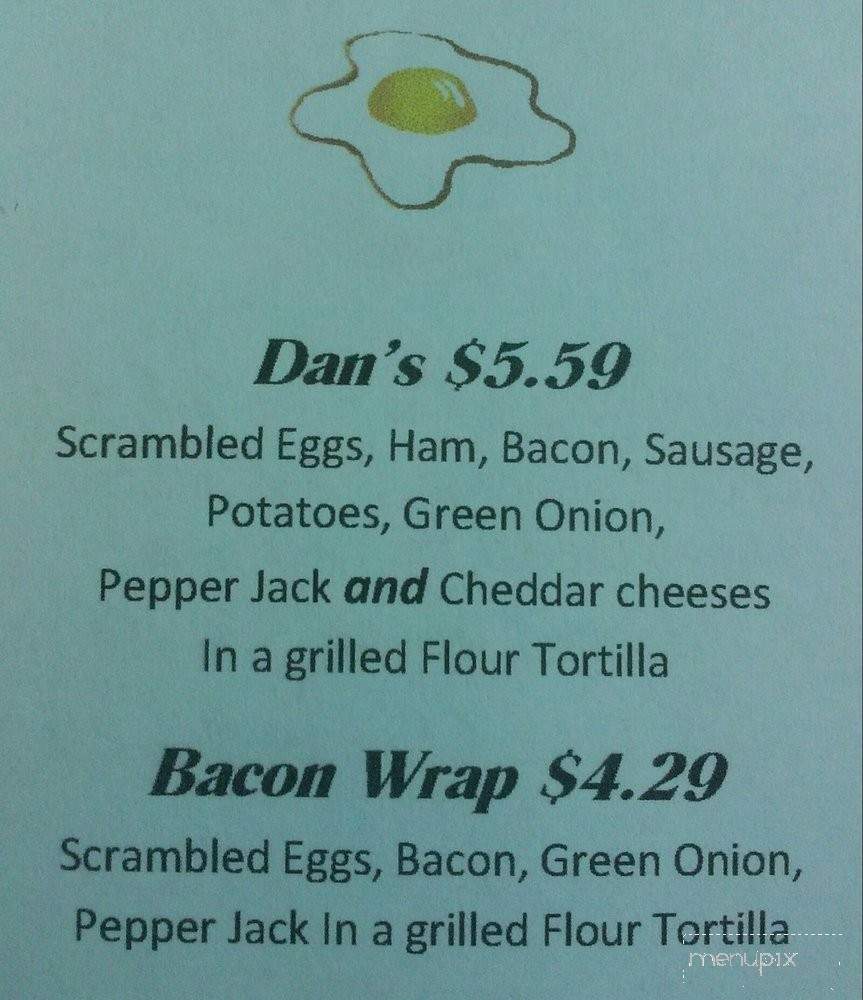
The average diner spends only 109 seconds looking at your menu. The secret to a more profitable menu isn’t just about the food.
RESTAURANT SHORT MENU HOW TO
How to develop a more profitable restaurant menu Keep your descriptions brief and specific so customers know exactly what they’re going to get when they order it. While you don’t have to trademark every item you make, think about common mouthwatering descriptors to use for your menu items, like crispy, crunchy, fresh, hearty, smoky, or juicy. You don’t order a double cheeseburger at McDonald’s - you order a Big Mac.

Consider how you’ll package each item, too. Maybe now isn’t the time to debut too many fried or saucy items that don’t hold up well. With takeout and delivery a core part of any restaurant model today, consider how each menu item handles transit time. Do the math for each menu item and cut the ones that don’t help you break even. Prices have gone up, up, up this past year for everything from kale to cardboard boxes, shrinking already slim profit margins. Focus on what you do spectacularly well, and that’s what you’ll become known for. If your customers complain about your breadsticks, cut them. If timing is an issue for a particular dish, cut it. Acknowledge where your staff is at and what they do well…and what doesn’t always hit the mark. Every kitchen has strengths and weaknesses.

In fact, small menus are back in style - not just for fancy bistros but for well-known spots like Applebee’s, Red Robin, and iHOP, which have all downsized their menus in the last year.

Your menu should probably be smaller than you think! Unless you’re the Cheesecake Factory - known for their 21-page, 250-item coffee table-sized menu - you’ll want to come up with a short list of items that truly represent the best of what your kitchen has to offer. 5 factors to consider when planning a menuĪs you build out your menu, keep in mind: Menu planning, done right, evokes a feeling, harnesses your back-of-house skills and creativity, and flows together so that every diner leaves your restaurant happy and satisfied - and you turn a profit. That’s a lot!īut it’s one of the most important processes your restaurant undergoes, especially if you rotate your menus with the seasons and suppliers. The menu planning process is actually one of the most complex you’ll go through as a restaurant business, because it combines business analysis (profit margins and cost/benefit analysis) with creativity (what inspires you) and design (what it looks like on paper or on your website).

The best menus have a sense of creativity that feels true to a restaurant’s brand, whether that’s an homage to a childhood favorite dish or a masterpiece that took months and months of tinkering with flavors to create. Menu planning starts with your restaurant concept. Here’s what to think about when you’re planning (or revamping) your restaurant menu. Your menu doesn’t have to be fancy or even unique: Whether you’re offering quick-service burgers or fine dining at its finest, strategically planning out your menu is a critical factor when it comes to restaurant profitability.Īnd even if your menu was thoughtfully planned: it’s wise to constantly evaluate what you’re offering, how it’s performing, and why it belongs there. When diners first step into a restaurant, there’s a lot to take in: the decor, the layout, the guests and employees, the overall “vibe.”īut for 99.9 percent of restaurants, it’s the menu that really matters to your guests - and to the success of your business.


 0 kommentar(er)
0 kommentar(er)
